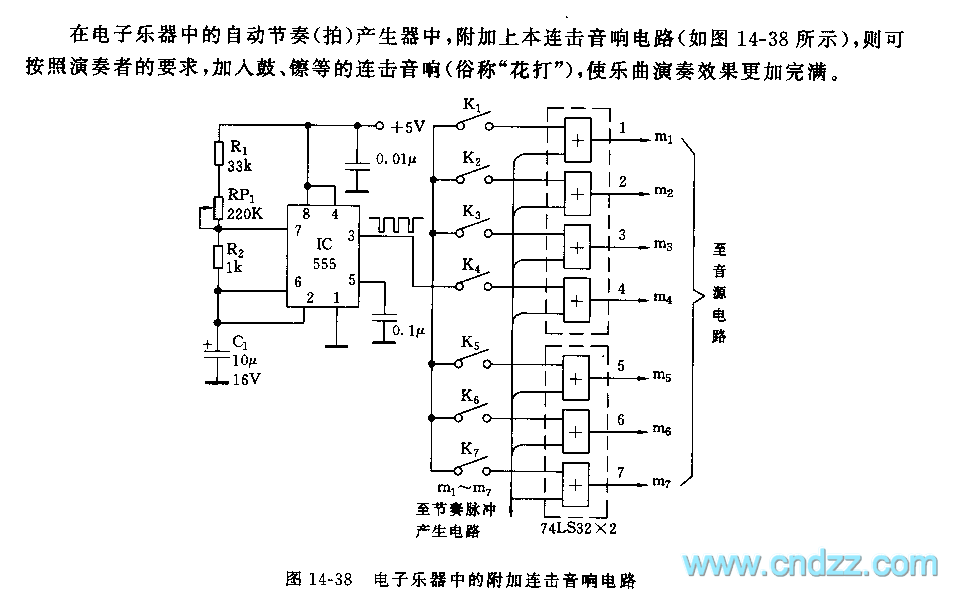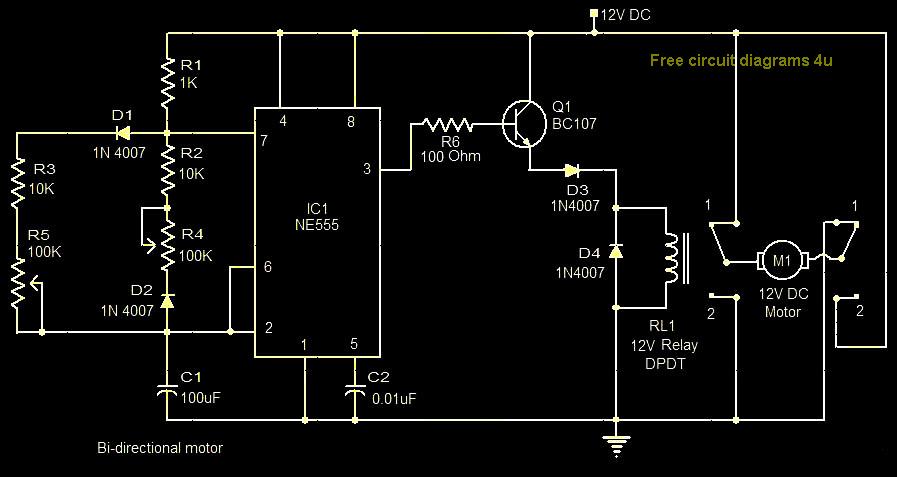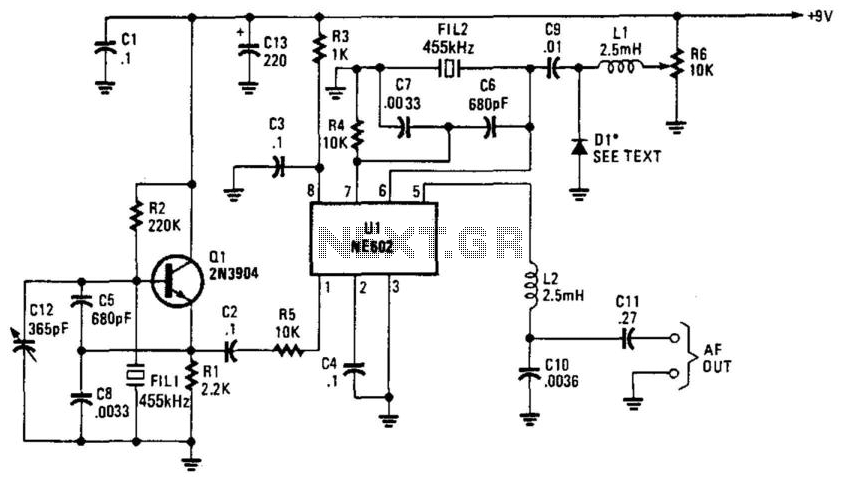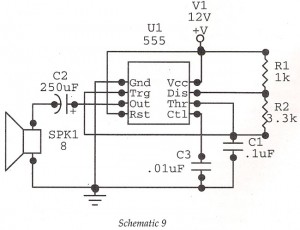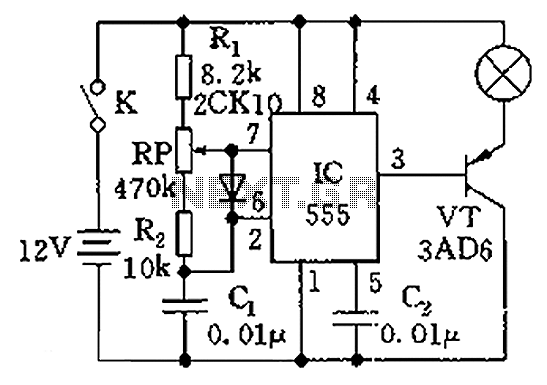
555 square wave generator

A basic square wave generator has been designed to operate a speedometer circuit board, which is responsible for controlling various functions.
The square wave generator circuit typically consists of a few key components: a timer IC, such as the 555 timer, resistors, capacitors, and possibly a diode for protection. The 555 timer can be configured in astable mode to produce a continuous square wave output. This output is characterized by its alternating high and low voltage levels, which can be adjusted by changing the values of the resistors and capacitors in the circuit.
In an astable configuration, the 555 timer oscillates between its high and low states, generating a square wave signal. The frequency of the output waveform is determined by the formula:
\[ f = \frac{1.44}{(R1 + 2R2)C} \]
where \( R1 \) and \( R2 \) are the resistances connected to the timer, and \( C \) is the capacitance of the timing capacitor. By selecting appropriate values for \( R1 \), \( R2 \), and \( C \), the desired frequency for the speedometer can be achieved.
The output from the 555 timer can then be connected to the speedometer circuit board. This output may require buffering if the load is significant or if the input of the speedometer circuit cannot handle the output directly. A transistor can be used to amplify the signal if necessary.
Additionally, it is important to ensure that the power supply voltage levels are compatible with both the 555 timer and the speedometer circuit to prevent damage. Proper decoupling capacitors should also be included near the power pins of the 555 timer to ensure stable operation.
In summary, the square wave generator serves as a fundamental building block for driving the speedometer circuit, providing a reliable and adjustable frequency output necessary for accurate speed measurement.Hello, Please help me, I have designed a very basic square wave generator to run a speedometer circuit board which is providing output to control a.. 🔗 External reference
The square wave generator circuit typically consists of a few key components: a timer IC, such as the 555 timer, resistors, capacitors, and possibly a diode for protection. The 555 timer can be configured in astable mode to produce a continuous square wave output. This output is characterized by its alternating high and low voltage levels, which can be adjusted by changing the values of the resistors and capacitors in the circuit.
In an astable configuration, the 555 timer oscillates between its high and low states, generating a square wave signal. The frequency of the output waveform is determined by the formula:
\[ f = \frac{1.44}{(R1 + 2R2)C} \]
where \( R1 \) and \( R2 \) are the resistances connected to the timer, and \( C \) is the capacitance of the timing capacitor. By selecting appropriate values for \( R1 \), \( R2 \), and \( C \), the desired frequency for the speedometer can be achieved.
The output from the 555 timer can then be connected to the speedometer circuit board. This output may require buffering if the load is significant or if the input of the speedometer circuit cannot handle the output directly. A transistor can be used to amplify the signal if necessary.
Additionally, it is important to ensure that the power supply voltage levels are compatible with both the 555 timer and the speedometer circuit to prevent damage. Proper decoupling capacitors should also be included near the power pins of the 555 timer to ensure stable operation.
In summary, the square wave generator serves as a fundamental building block for driving the speedometer circuit, providing a reliable and adjustable frequency output necessary for accurate speed measurement.Hello, Please help me, I have designed a very basic square wave generator to run a speedometer circuit board which is providing output to control a.. 🔗 External reference
